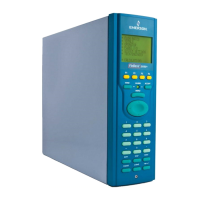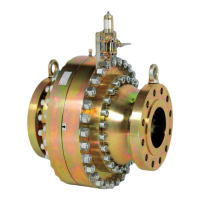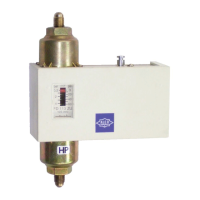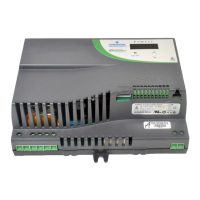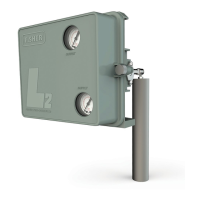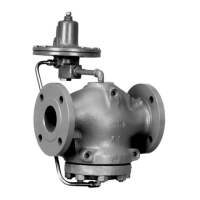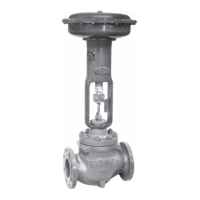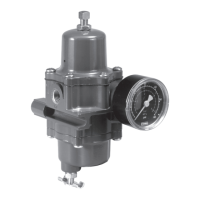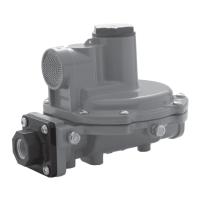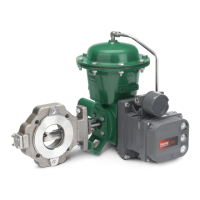FloBoss 107 Instruction Manual
Revised June-2017 Communications 5-7
EIA-485 (RS-485) supports the log-on security feature of the FB107 if
you enable security on the communication port using ROCLINK 800.
LEDs display the A (transmit/receive+) and B (transmit/receive ) signals
for EIA-485 (RS-485) communications.
Default values for the EIA-485 (RS-485) communication module are:
19,200 baud rate, 8 data bits, 1 stop bit, no parity, 10 millisecond key-on
delay, and 10 millisecond key-off delay. The maximum baud rate is 115.2
Kbps.
Use twisted-pair cable for wiring. Ensure that you connect terminal A of
FB107 to terminal A of 485 device using RS-485 communications (such
as a gas chromatograph) and terminal B of the FB107 to terminal B of the
device. Should you encounter difficulties establishing a connection, try
reversing the connections.
Note: EIA-485 (RS-485) standards suggest placing a terminating resistor
at the end of the line. The value of each termination resister
should equal the cable impedance (typically 120Ω for twisted
pair).
Table 5-2. EIA-485 (RS-485) Field Wiring Terminals
5.5 Wiring EIA-232 (RS-232) Communications
The EIA-232 communications meets EIA-232 specifications for single-
ended, RS-232 asynchronous data transmission over distances of up to 15
m (50 ft). Table 5-3 shows termination points for EIA-232 (RS-232)
communications.
The EIA-232 communications provides for RS-232 signals on:
LOI port located on the CPU.
COM2 located on the CPU.
COM3 located on the EIA-232 (RS-232) communications module
installed in slot 1.
EIA-232 (RS-232) uses point-to-point asynchronous serial
communications and is commonly used to provide the physical interface
for connecting serial devices, such as gas chromatographs and radios to
the FB107. The EIA-232 (RS-232) communication provides ready-to-
send (RTS) hand-shaking lines.
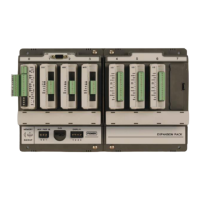
